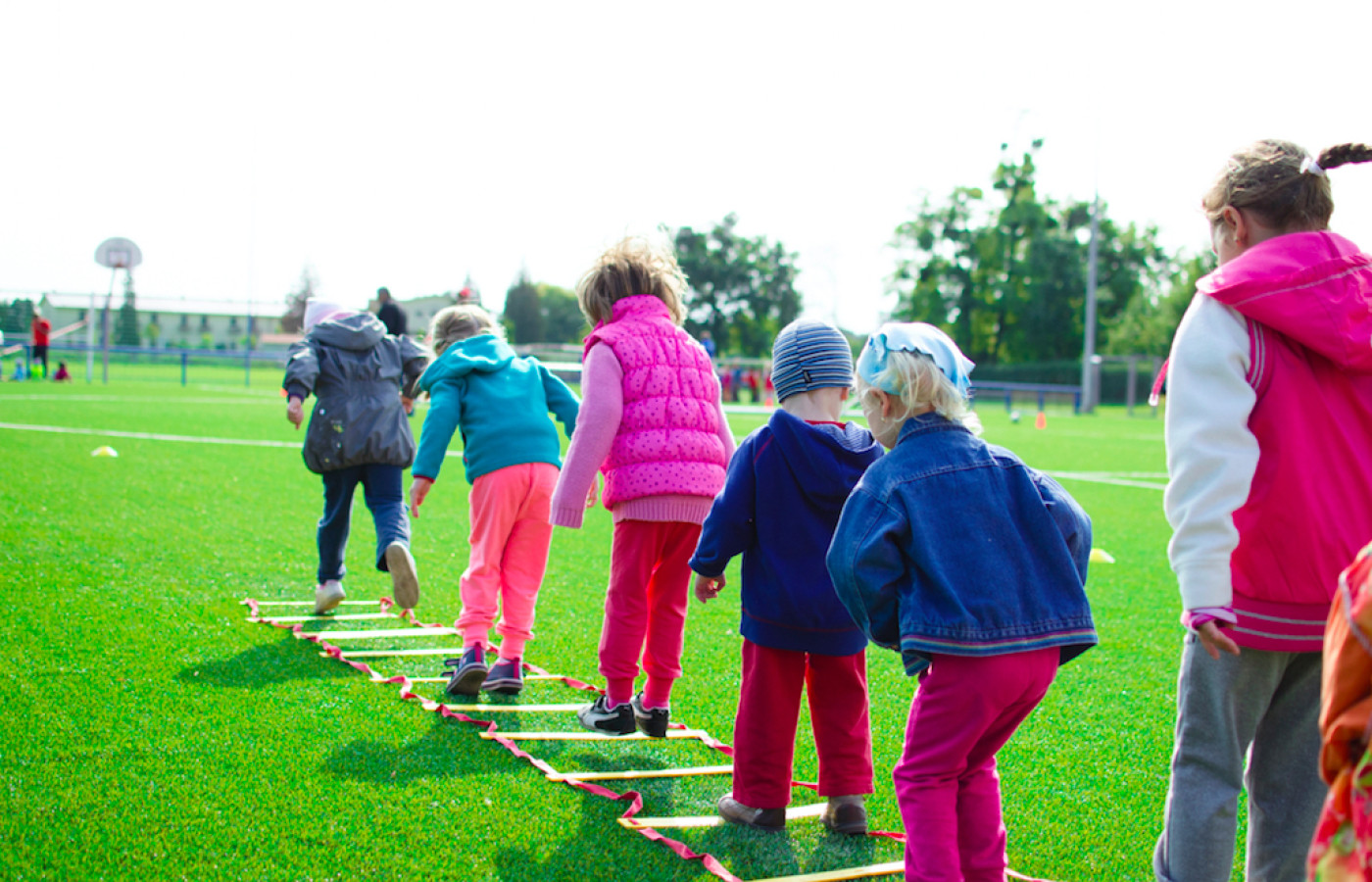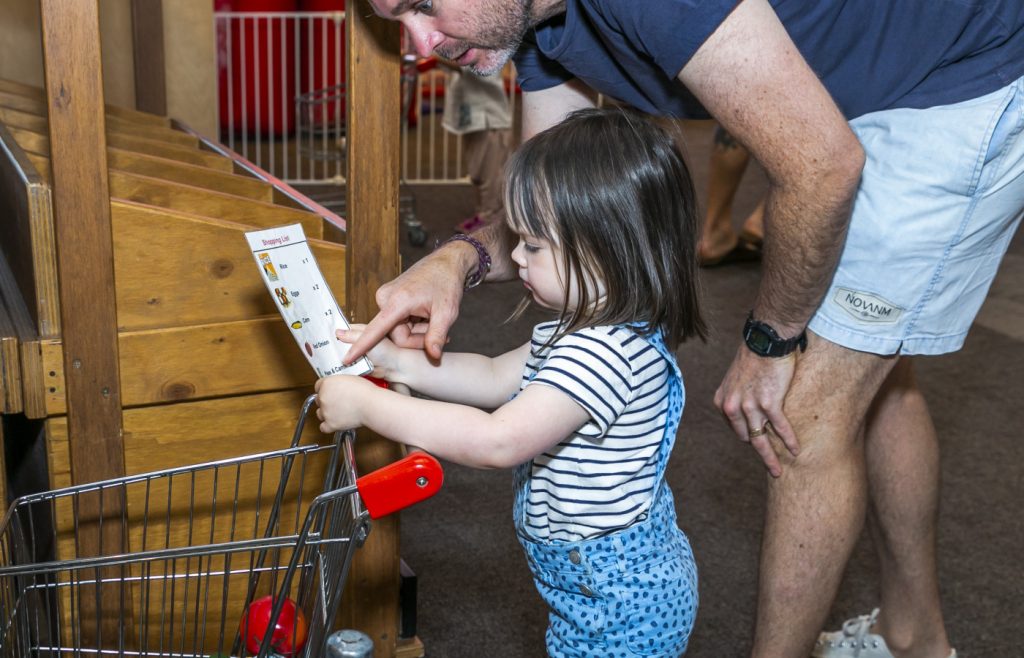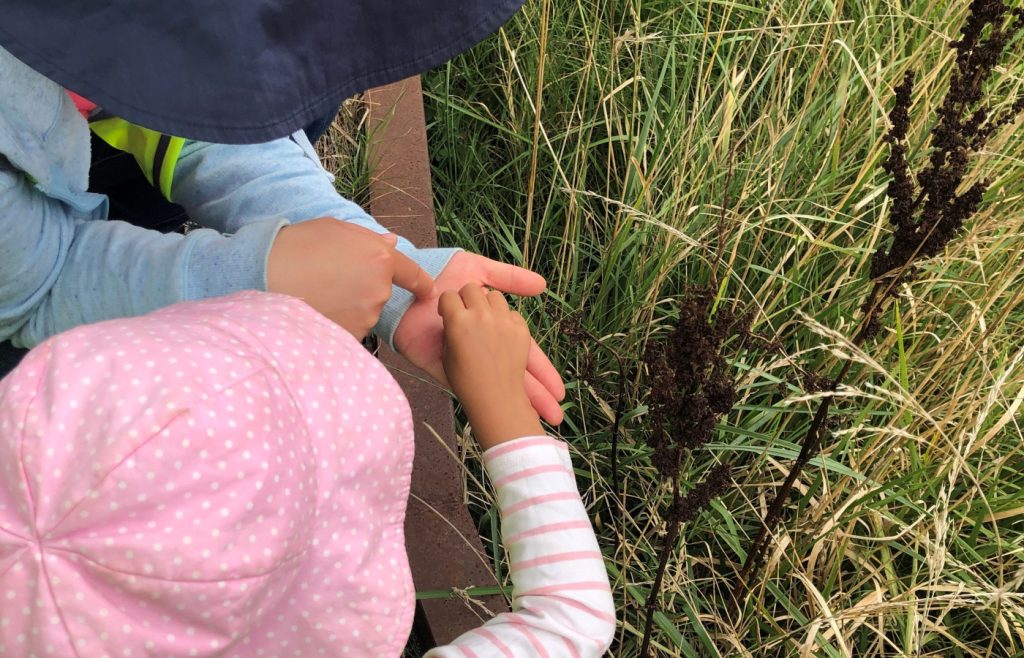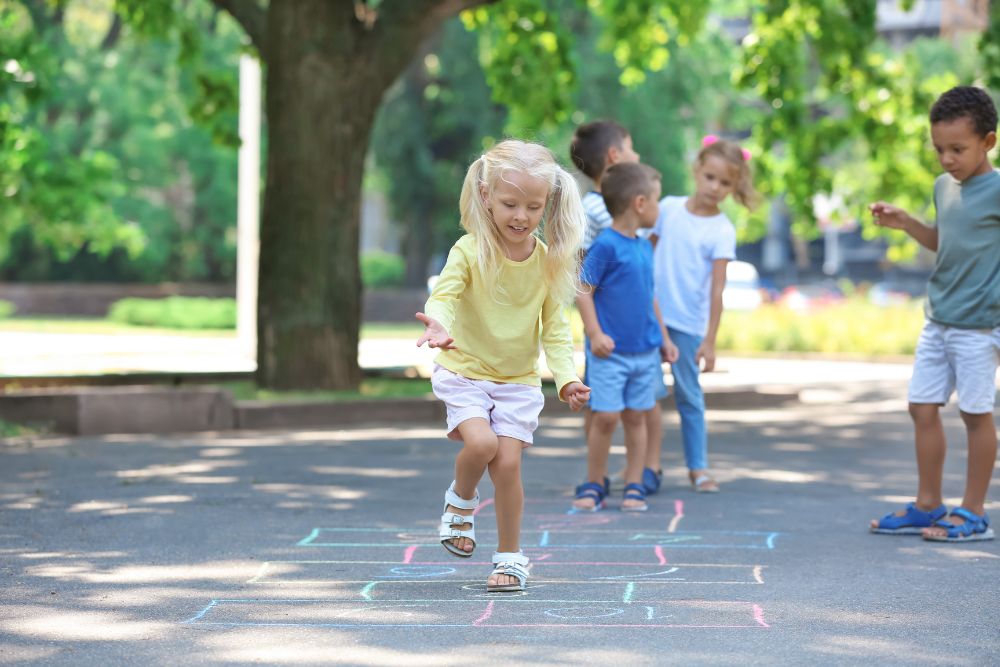Materials Required
- Cardboard
- Pencils/textas
- Scissors
- Sticky tape
- Glue
Preparation
Get 1 piece of cardboard – Grab your scissors – Grab your textas or pencils – Grab your sticktape
Method (or Ideas)
- Get 1 piece of card.
- Cut out 6 squares the same size.
- Tape them together to form a cube.
- Write or have your child draw your first activity – Jump in the air 10 times like a kangaroo.
- Write or have your child draw your second activity – Slither along the floor like a snake.
- Write or have your child draw your third activity – Swim through the water like a shark.
- Write or have your child draw your fourth activity – Jump around the garden like a frog.
- Write or have your child draw your fifth activity – Fly through the air like a kookaburra.
- Write or have your child draw your sixth activity – Sing old McDonald had a farm.
- Take turns at rolling the cube and following the actions alongside your child.
Facilitation Tips – What To Say
- What does your cube say?
- Can you show me how you do that?
- What other animal moves like that?
- What are some other ways that animals move?
Extend the Experience
- Can you jump higher?
- How far can you slither?
- Think of other ideas and create a new cube by encouraging your child to draw other actions or animals to move like
WHO Guidelines for Physical Activity & Sedentary Behaviour
This cube game engages the players in a lot of physical activity as they move their bodies around like animals.
Early Years Learning Framework
Outcomes
- Children develop a range of skills and processes such as problem solving, inquiry, experimentation, hypothesising, researching and investigating
- Children develop dispositions for learning such as curiosity, cooperation, confidence, creativity, commitment, enthusiasm, persistence, imagination and reflexivity
- Children resource their own learning through connecting with people, place, technologies and natural and processed materials
Principle
Principle 1: Secure, respectful and reciprocal relationships. Through a widening network of secure relationships, children develop confidence and feel respected and valued.
Practice
Practice: Learning through play. Play can expand children’s thinking and enhance their desire to know and to learn. In these ways play can promote positive dispositions towards learning. Children’s immersion in their play illustrates how play enables them to simply enjoy being.














